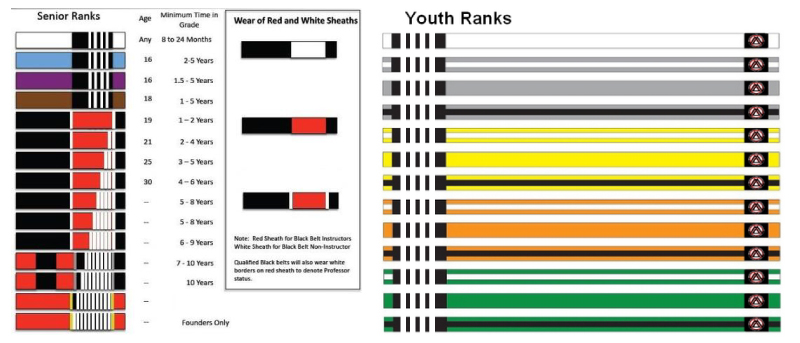What is Brazilian Jiu-Jitsu?
Brazilian Jiu-Jitsu (BJJ) is a martial art focusing largely on grappling and ground fighting. It utilizes natural body leverage and proper technique to obtain dominant control on the ground and, as a result, provides greater position for striking or submission holds.
BJJ has been proven, when used properly, to be an effective method for dealing with bigger and stronger opponents and has become increasingly popular due in part to its great success in the Ultimate Fighting Championship. It can be trained for self defense, sport grappling (gi and no-gi) and mixed martial arts competition and has found its way into the training regiment of nearly every successful martial artist worldwide.
Translated as “the gentle art,” Brazilian Jiu-Jitsu focuses on using strength and technique in the most efficient way possible to control and overcome opponents of greater size, strength and aggression. With its roots in the Japanese Jiu-Jitsu of the late 19th and early 20th centuries, the art found its way to Brazil in 1910, when Mitsuyo Maeda, a Japanese Jiu-Jitsu and Judo expert, emigrated to the country. There he became friends with Gastao Gracie, an influential businessman who helped Maeda get established. In return, Maeda taught Jiu-Jitsu to Gracie’s sons, who became very proficient in the art, eventually passing on Maeda’s teaching in their own schools. The many additions, modifications, and refinements to the art made by the Gracie family were tested against other styles with great success, propelling Gracie Jiu-Jitsu into the martial arts world and creating a tradition that lives on today.
Ranking System
The ranking system in Brazilian Jiu-Jitsu is done through a series of colored belts. Each belt represents a level of proficiency. Each belt generally takes between 2 and 5 years of consistent practice to obtain with the exception of Blue belt, which can be obtained within a year of diligent practice.
Note: There are different federations and associations of Brazilian Jiu-Jitsu. These are the belt ranks that are commonly worn and ranked according to the Federation of Jiu-Jitsu in the state of Rio De Janeiro, Brazil.
Youth (3-15):
White (Any Age)
Grey/White, Grey, Grey/Black (4-15)
Yellow/White, Yellow, Yellow/Black (7-15)
Orange/White, Orange, Orange/Black (10-15)
Green/White, Green, Green/Black (13-15)
Senior:
White (Any Age │ 8-24 Months)
Blue (16 Years Old │ 2-5 Years)
Purple (16 Years Old │ 1.5-5 Years)
Brown (18 Years Old │ 1-5 Years)
Black (19 Years Old)
*Professors may or may not give stripes, but commonly four (white) stripes on White through Brown Belts are given to display progression through a rank.
Black Belts will have up to 6 stripes (degrees). The first two stripes (degrees) are usually given every three years, and the remainder are awarded every five years. At seventh and eighth (degree) a Red/Black Belt is worn. At ninth and tenth degree (considered Grand Master), a Red Belt is worn. The highest rank awarded is a 9th Degree Red Belt. The 10th degree Red Belt is limited to the pioneers of Brazilian Jiu-Jitsu Carlos, Helio, Oswaldo, Jorge, and Gastao Gracie, also known as the Gracie Brothers.
Name *
Email *
TRY A FREE CLASS
Phone
Tell Us Your Goals:
Confirm Email *
gritcitybjj@gmail.com
(253) 254-6538
Copyrights 2025. 253BJJ, LLC. All rights reserved.
Brazilian Jiu-Jitsu Tacoma | 253BJJ, LLC
Call us to schedule your free trial class
(253) 426-8197 Brazilian Jiu-Jitsu Tacoma



